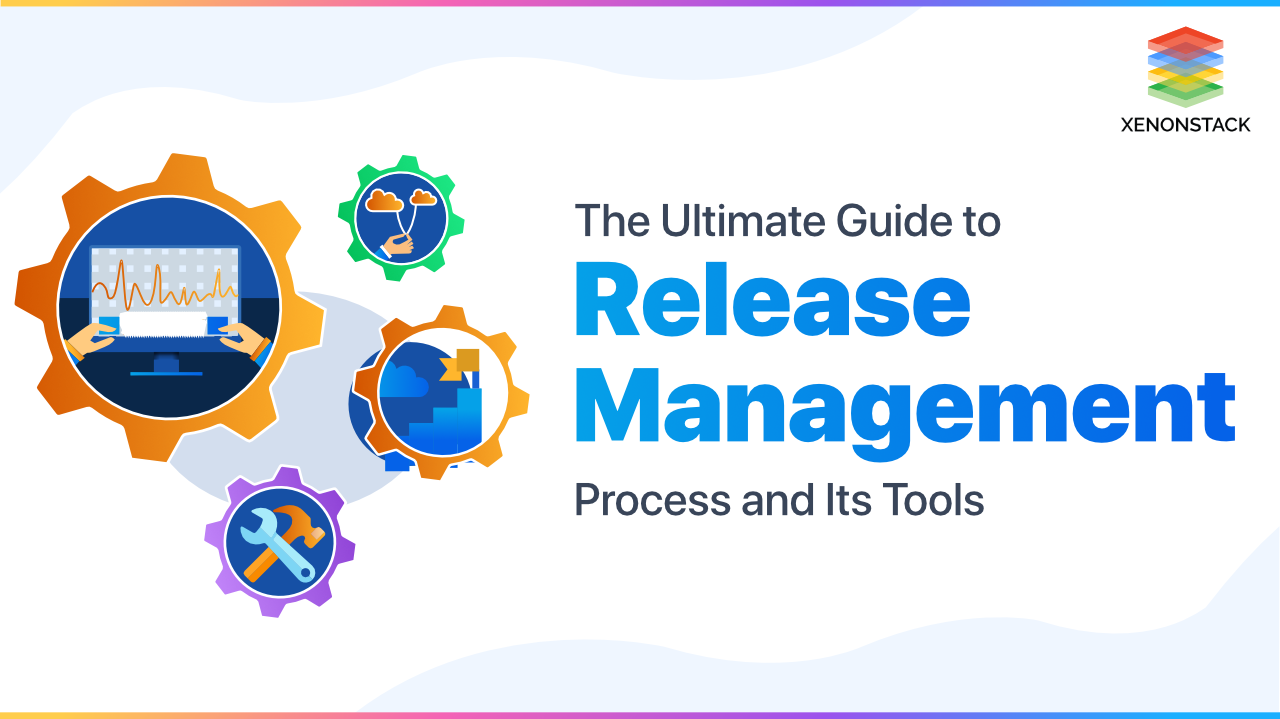
What is the role of Release Management?
Release management is a software engineering method designed to manage the development, testing, deployment, and maintenance of software releases. The purpose of release management connects the general industry's importance of simplified project management with complete technical knowledge of the systems development lifecycle and IT Infrastructure Library methods. It may also involve other responsibilities, such as communications with stakeholders and users. Explore the Guide to Planning Successful Releases.- Examine your current release management process
- Build an enterprise release strategy
- Determine the optimal release management process
- Use the right tools
- Optimize test environment method
- Define stages and controlling activities
- Ensure clarity with stakeholder engagement
- Enable continuous communication
- Track metrics
Identify bugs and errors during software development and increase the quality of the product. Click to explore about our, Test Driven Development
What is the difference between Change Management and Release Management?
Change Management:- IT Change Management is initially involved with transitioning new leads and procedural arrangements from development into operations. The objective of change management is to systematize methods and procedures for efficient and prompt handling of all changes to reduce the impact of change-related events upon service quality and consequently change the day-to-day processes of the company. Change Management and Release Management are different but similar functions within organizations. At a high level, Change management relates to the method of demanding changes, assessing changes, authorizing changes and reviewing changes. Release Management includes planning, designing, configuration, rollout planning, testing communication, and deployment. The Release Management function gives the program and execution, while the change Aprovel Board approves the shift in controlled situations.| SNo. | Change Management | Release Management |
| 1 | Ensures the production environment is shielded while assessing the release plan | Builds, tests, and deploys the changes |
| 2 | It manages Consists of activities that occur before and after deployment | Consists of deploy activities |
| 3 | Consists of an authorization process | Consists of an implementation process |
| 4 | Not every change causes a release | A release can link from one to several changes |
| 5 | Lives on the Imperative level | Lives on the Operational level |
What are the basic stages of Release Management?
The basic stages of release management are described below:
Plan Release
The planning stage may be the common time-intensive as here your whole release is structured from origin to end. A healthy release plan will improve your organization wait on record and ensure rules and requirements are correctly met. There are various methods to purpose release planning. One of the standard popular release management methods is the systems development life cycle (SDLC). The SDLC supports software developers plan, develop, manage, and follow software systems with a tremendous amount of performance and quality. Throughout this stage, build a workflow that both your company and key stakeholders can suggest to during a release. The workflow should tell at a glimpse how the complete release is staged and how every crew member plays a role. Your release plan should include Timelines, Delivery dates, Requirements and overall range of the scheme. There are multiple methods to prepare out your plan and explain the technique. Once each plan is accepted and settled, you can place it into action.Test-Driven Development in Python is an approach in which we build a test first, then fail the test, and finally refactor our code to pass the test. Click to explore about our, Test Driven Development in Python
Build Release
Including the release plan settled, you can begin designing and developing the product for release. Here is the first development of the product based on the conditions described in the release method. At the time When every issue that may have built up is marked, that's time to overcome the build to real-world scenario testing. That could get various repetitions. As the company develops out the product, it is assigned (usually automatically) to a testing situation for User Acceptance. Here enables the company to recognize any defects or problems that may occur in a real-world environment. While issues are recognized, the build is sent back for improvement at stage two. In other words, inside the iterative release authority process, the workflow from stage two to stage three and back again until the release is confirmed.User Acceptance Testing (UAT)
User Acceptance Testing is during the end-users the product was created to use the product and give feedback related to the product. This is usually performed as a free beta test shared with a collection of employees within the organization. UAT is the most crucial action to release management because of the number of data gathered and fixes needed to prepare the build to anywhere it needs to be for the approved launch. As seen previously, here is a bit of an iterative process. As defects are recognized, the team moves back to the drawing board to fix the problems and redesign the build for greater sincerity. The build needs to transfer this User Acceptance Testing staging to be recognized to final implementation and release
Prepare Release
At this step team put some finishing brushes on the product, getting into record everything that was detected in UAT. Release compound also continues the last step that is a report by the QA unit of the company. Throughout the survey, the QA team will conduct the last checks to secure the build reaches the minimum acceptable criteria and business requirements described in the release plan. Although User acceptance testing and quality assurance can not forever replicate all situations that may occur once the product is started, those actions probably fleshed out the various common bugs so that your team can better predict and anticipate any problems at launch. Once the report is completed, the functional unit will verify the decisions and achieve the release of deployment. Before the build can deploy into a live situation, it needs to be confirmed by the product owner.
RPA is an automation technology in which RPA developers automate repetitive, manual business processes through different RPA tools. Click to explore about our, RPA Testing Methodology
Deploy Release
This big day has finally come and here is where all your organization's hard work pays off. It's time to release your product into the wilds of the live production environment. Besides directly sending the build-out into production, the deployment stage also involves messaging and education on the product to both the end-user and your company at large. For example, users should be informed of changes with the release and how to run within the new characteristics. Depending on how meaningful the changes were, you may require to provide ongoing and robust training to get everyone up to speed. This is very important for internal releases where employees using the software want to understand it to do their work efficiently and productively. Finally, through the deployment stage, the development team should meet to evaluate the release's performance and discuss how the deployment worked. If there are any lingering problems, those should be identified and documented for the team to consider in the next iteration.Top Release management tools
- Automic
- BMC Release Process
- CA Release
- CA Release Automation
- Mirco Focus Release
- Plutora
- UrbanCode Release
- XL Release

A Holistic Strategy
Release management improves the number of successful releases by a company and decreases quality queries. Productivity, communication, and coordination are raised, and the company can deliver software faster while reducing risk. These changes involve the team that can regularly provide quality software with shorter periods to market, which enables the company to be extra sensitive to the operating environment. Release management also supports systematise and streamline the development and operations method.- Discover more about User Acceptance Testing
- Click to explore about Test Data Management Tools and its Working


